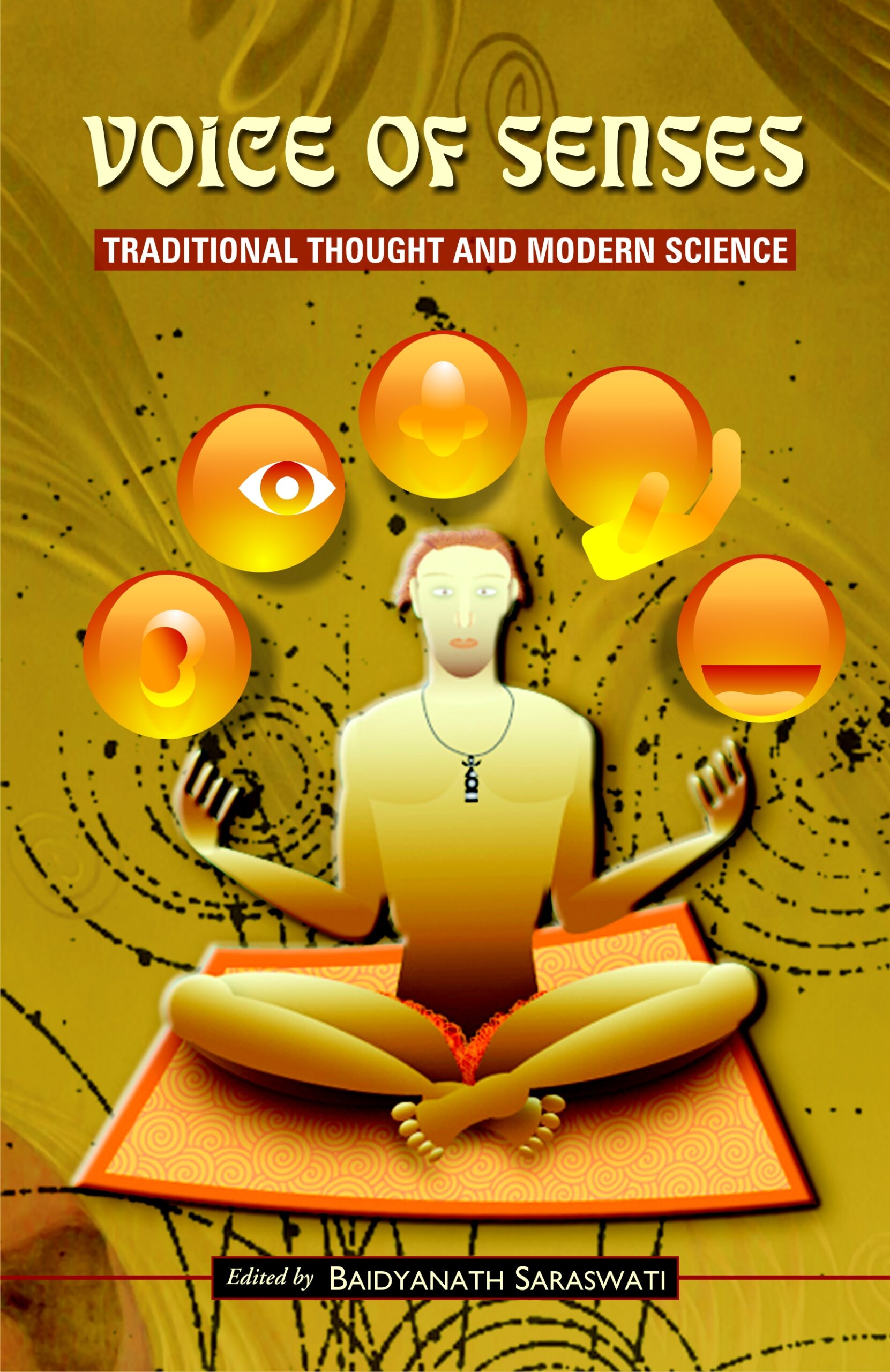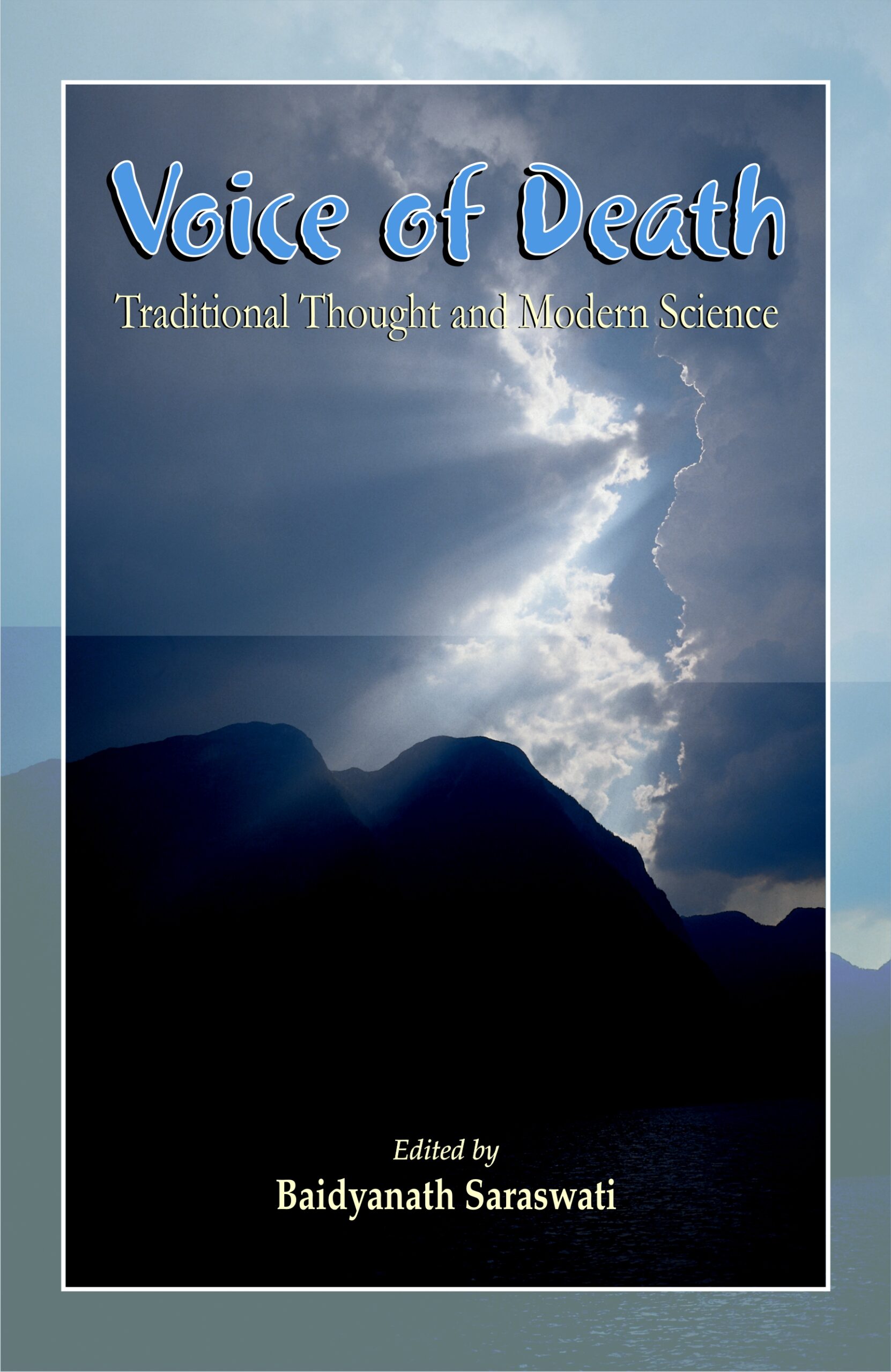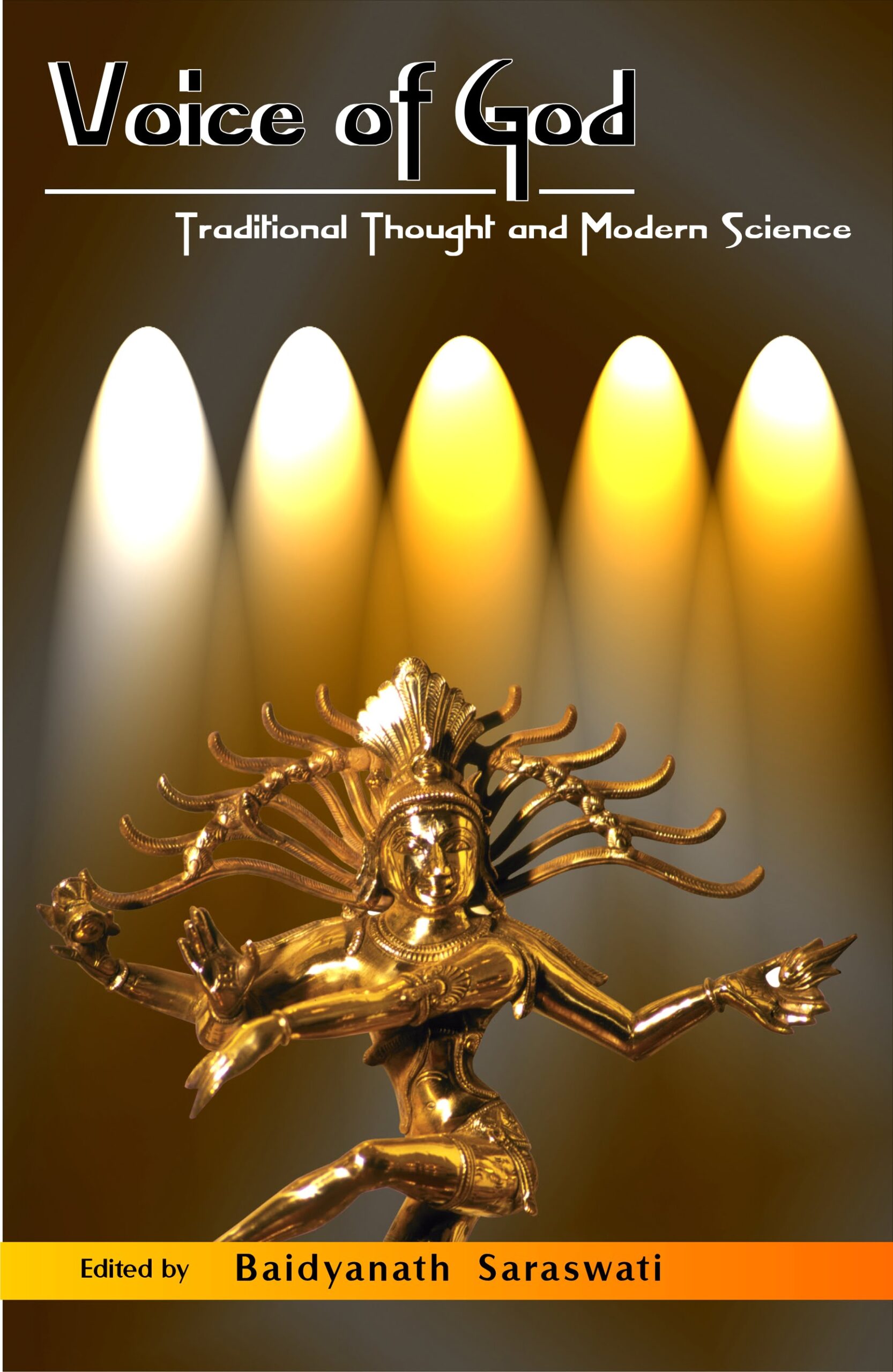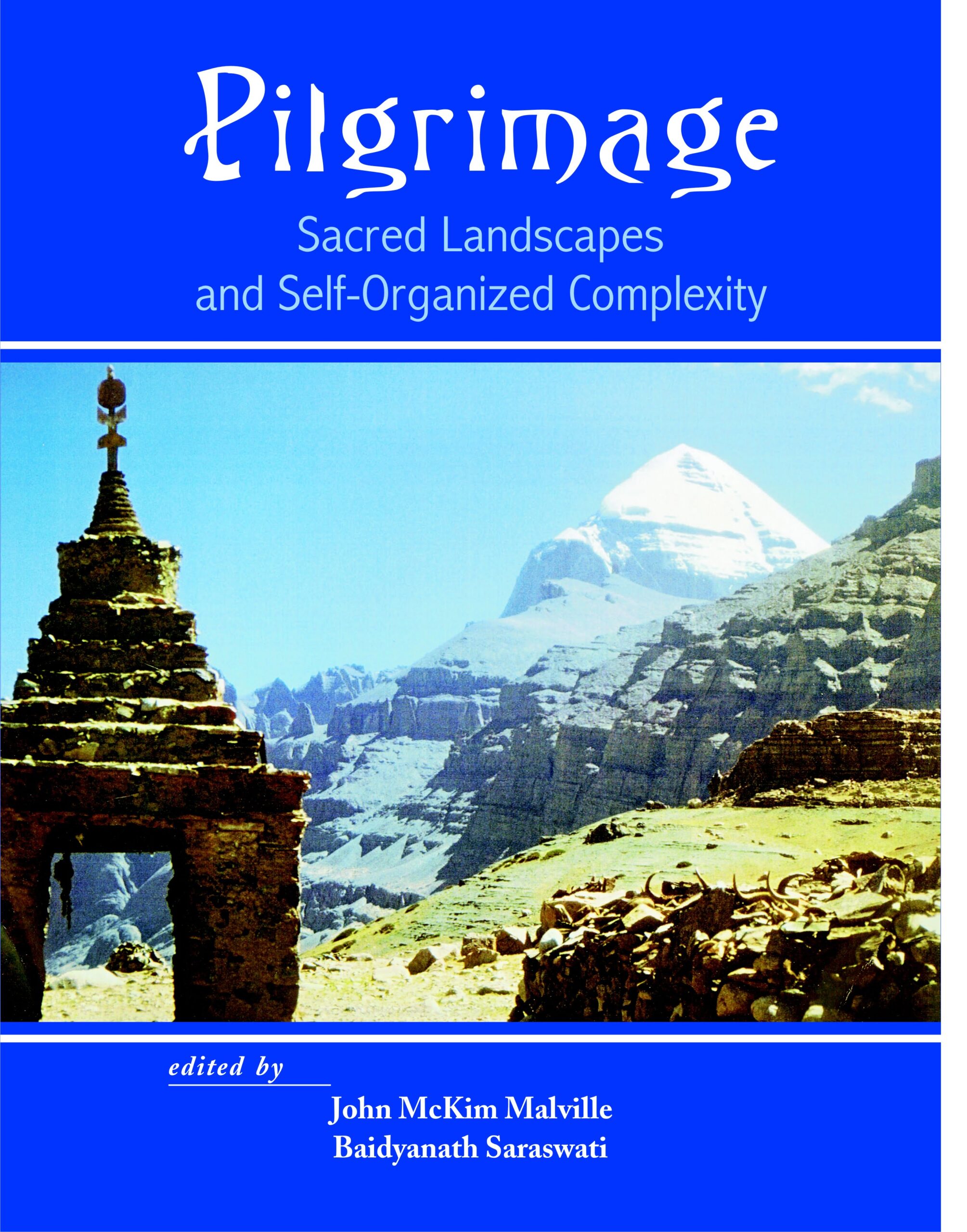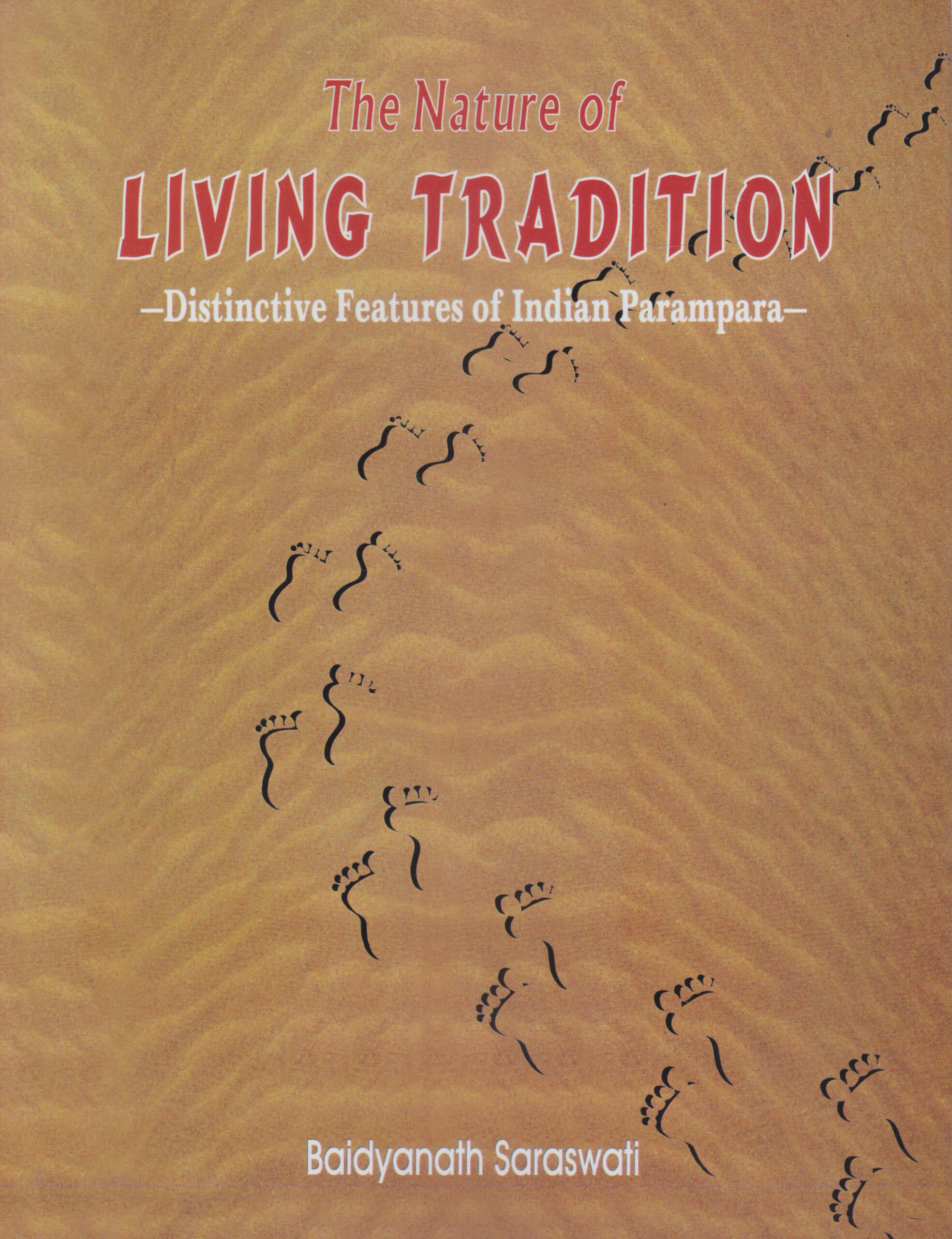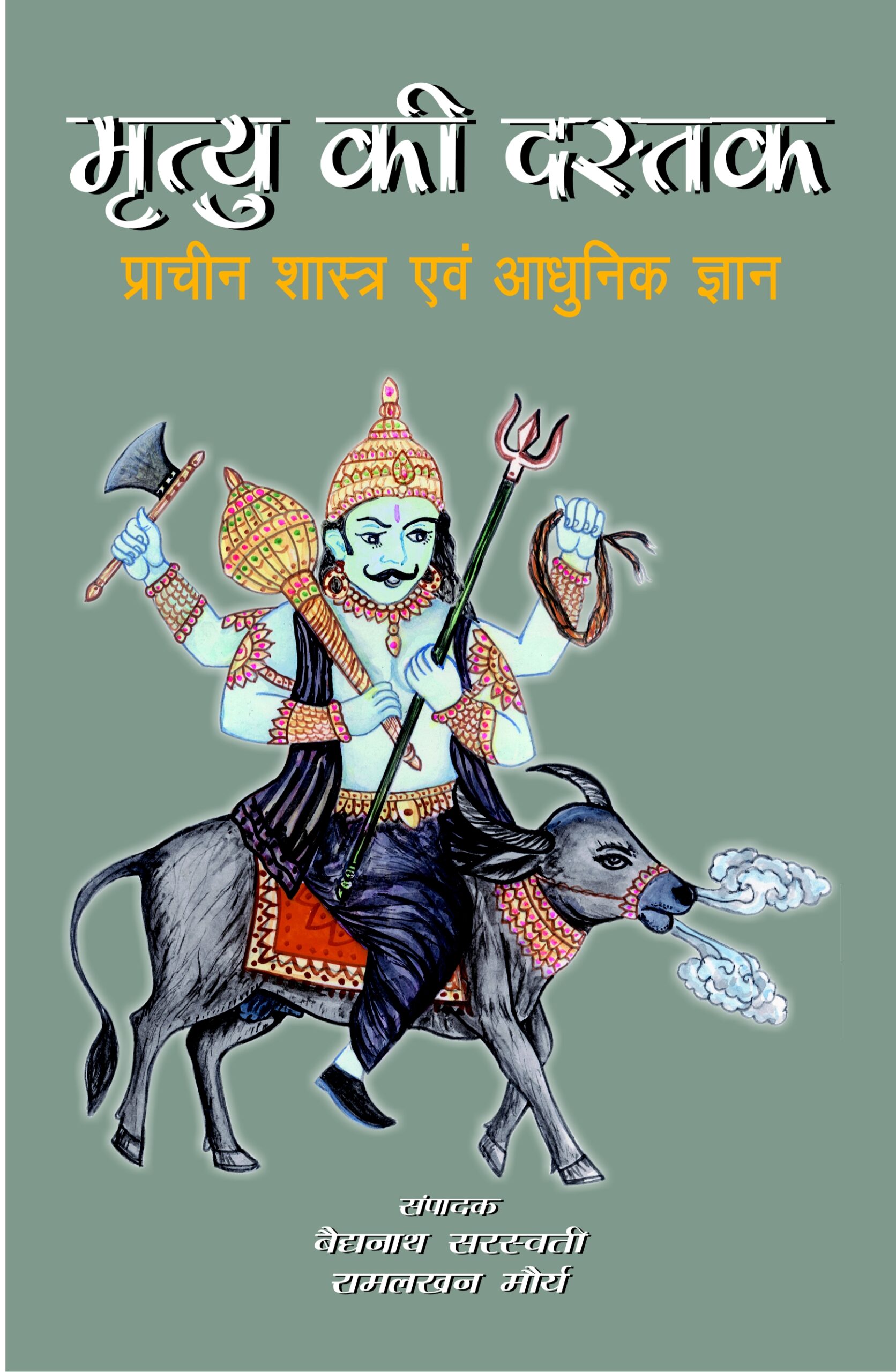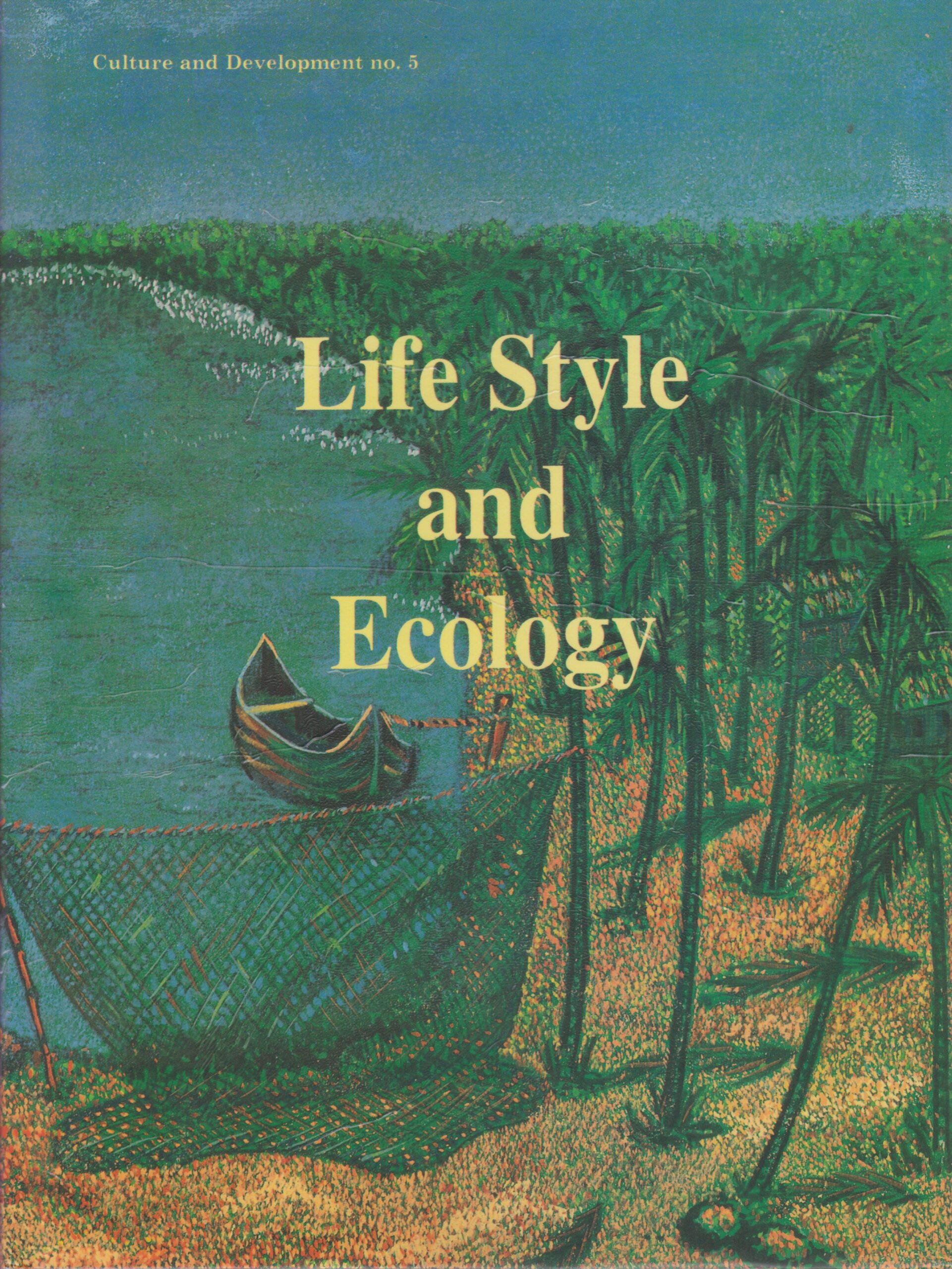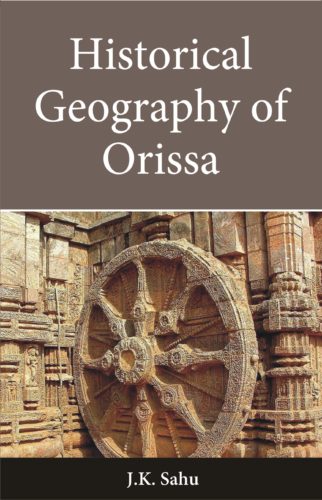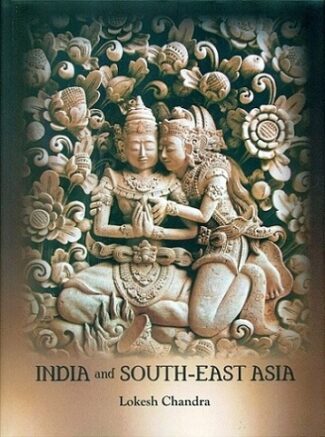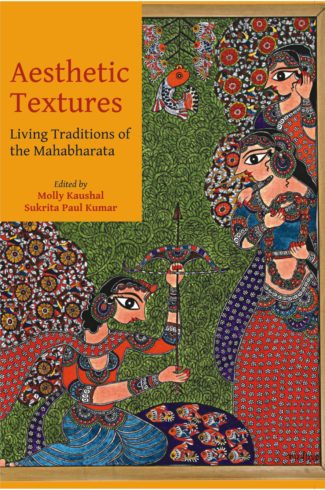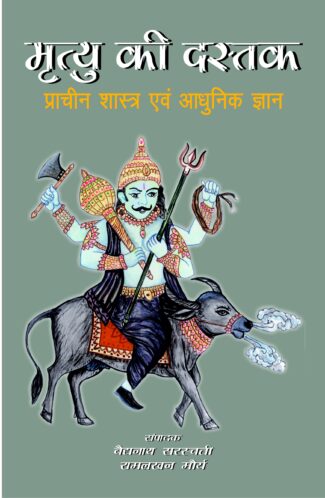

Mrtyu Ki Dastak...
Mrtyu Ki Dastak
Prachin Sastra evam Adhunik Gyan by: Baidyanath SaraswatiMany learned people, from various sects, have written about death and soul. Ceremonies, after death, for honouring the dead, especially in Hindu religion have been dealt chronologically. Also the importance of cloning after death and its resultant impact on society has been discussed.
₹300.00 Original price was: ₹300.00.₹270.00Current price is: ₹270.00.
ISBN: 9788124603147
Year Of Publication: 2005
Edition: 1st
Pages : vii, 208
Bibliographic Details : Index
Language : Hindi
Binding : Hardcover
Publisher: D.K. Printworld Pvt. Ltd.
Size: 23 cm.
Weight: 500
Many learned people, from various sects, have written about death and soul. Ceremonies, after death, for honouring the dead, especially in Hindu religion have been dealt chronologically. Also the importance of cloning after death and its resultant impact on society has been discussed.
- Sale!Historical Geography of Orissa by: J.K. Sahu
₹1,300.00Original price was: ₹1,300.00.₹1,170.00Current price is: ₹1,170.00.The region of Orissa, from the point of view of studies in historical geography, has always remained a challenging area, not least owing to its vast and complicated history, varied geography and intriguing sources. Though the historical geography of this region has been considered for analysis in the past, it has only been featured as a chapter or in a section as part of a larger whole. Thus, this work is perhaps the first attempt to present a comprehensive research study of the historical geography of Orissa.
The author, guided by long research experience, culls material from all available sources — literary, epigraphic, etc. — to subject the theme to a systematic analysis that leaves not a facet of the subject unexplored. He describes and delves into the ancient, medieval and modern periods of historical growth to underline the historico-geographical significance of various kingdoms and places of importance that emerged, flourished and disintegrated at different times — as Kalinga; South Koshala; Odri, Utkala or Toshala; Trikalinga; and the many Mandala states. He studies the physical features of the area, the mountain system of the Orissa state and its rivers, with a view to showing how they have shaped its history. The transport and communication routes in the region since ancient times are retraced to reveal the region’s strong cultural and economic foundations among other things.
This book, from first to last, unfolds a wealth of interesting and useful information. Complete with an exhaustive bibliography, index and maps of Orissa, the book can immensely aid further research works on the subject. - Sale!India and South-East Asia by: Lokesh Chandra
₹3,600.00Original price was: ₹3,600.00.₹3,240.00Current price is: ₹3,240.00.The South-East is a cultural perspective aptly named agneyi the direction of the God Agni. It is reflected even in the Sino-Japanese Mahakarunagarbha mandala of the 8th century where Agni is surrounded by sages: Angiras with his consort Gautami and Atreya with his consort Bhrgvi. In the Pao-hsiang Lou pantheon Agni is surrounded by eight rsi’s Angiras, Vasistha, Garga, Markandeya, Gautama, Kasyapa, Shan-ch’eng-ming-yang and Su-chi-i (the Sanskrit names of the last two have to yet to be found). In Indic terms, the conceptual space of SE Asia endows it with the serenity of the mind, the grandeur of structures, the profundity of expression derived from Sanskrit. The SE is the mind ground of the sages, the rishis, and as such the marvellous manifestation of the Hindu-Buddhist genius. This book chronicles the dynamism, the fire, the Agni of the Agneya (SE) direction across the past that shades into the present with tomorrows inside.
- Sale!Modern Civilization by:
₹800.00Original price was: ₹800.00.₹720.00Current price is: ₹720.00.The crisis of the age inheres in this, that notwithstanding the century’s mind-numbing disasters, it persists in subscribing to propositions which have logically led to the atomization of the whole cloth of human experiencing, and being. Great indeed is the value which is placed on the procedure of analytic dismemberment. While the method has certainly been result-producing, materially, in its wake it has brought immense suffering – both physical and spiritual. The price paid for a lopsided advance is thirty major wars – with their toll of one hundred and thirty million lives, and the irreparable destruction of the natural environment. The time demands a reappraisal of the basic paradigms of human existence, but the hegemony of well-entrenched vested interests – material or intellectual – would seem to preclude this.
The “advanced” people among the mankind of the day become suicidally specialized. For, if the mechanical model of thought has been of advantage in man’s preceding unfolding, the same, what may be called the “survival” paradigm, now creates dangerous dualities, binary oppositions (you–me, body–mind, East–West, etc). The model has outlived its usefulness merely enforcing dormancy on a major part of the human brain.
It behoves mankind to choose wisely right now – since parallel to the socio-economic, scientific and technological revolutions there has got to be the overdue radical psychic transformation. The first step towards clearing the fateful crisis would therefore be to be aware and end the hold of the linear, causal, mechanical thought orientation over the intellectual culture of the times.
Delving deep into the epistemological cum ontological causation of the emergency confronting the being and becoming of man, this volume provokes the thoughtful lay reader to a serious engagement with his or her self. - Sale!An Introduction to the Study of Indian Poetics by: Mahesh Singh Kushwaha, Sanjay Kumar Misra,
₹600.00Original price was: ₹600.00.₹540.00Current price is: ₹540.00.The book aspires to do for Indian poetics what Hudson’s book, An Introduction to the Study of English Literature did for English literature, though in a totally different manner and style. It provides the student with the essential knowledge about almost all aspects of Indian poetics. Based on the original Sanskrit sources, it presents the necessary information lucidly in precise and clear terms. Each chapter is self-contained and complete in itself, with explanatory notes, and a bibliography of relevant works. The Sanskrit terms used in the text are invariably explained or provided with English equivalents.
For quick reference, “A Glossary of Sanskrit Literary Terms” is given in the Appendices, which contain also “A List of Noted Indian Poeticians (including commentators) and Their Works” and “Notes on Major Texts in Indian Poetics”.
This handy volume, with its unique features, will prove invaluable to those who are going to embark on the study of Indian poetics, especially the ones who have no Sanskrit background. To a devoted student, it will prove a useful companion during his/her further studies. - Sale!Aesthetic Textures by: Molly Kaushal
₹1,800.00Original price was: ₹1,800.00.₹1,620.00Current price is: ₹1,620.00.The fascinating world of multiple Bharatas that this book introduces its readers with is that of a perennial tale discovered and created afresh at each juncture of time; at each moment of self-doubt and self-exploration; at each rejoicing of self-discovery and self-recovery. If one does not come across a seamless continuity here, one does not encounter apparent ruptures either. The Bharatas, as narrated here, present us with amazing diversity with palpable consubstantiality expressed in myriad forms and multiple hues; tradition belonging as much to its contemporaneity as to its past; belonging as much to the spokes as to the axle; centrifugal and centripetal at once; a tradition old and new at the same moment of time.
The book is based on the proceedings of a seven-day international conference organized by the Indira Gandhi National Centre for the Arts (IGNCA) on the living traditions of the Mahabharata in the year 2011. The conference explored the multiple tellings and retellings of the Mahabharata story as sung, danced, and celebrated in festivals, inscribed on to geographic landscapes, committed to memory as sacred genealogy, embodied in rituals, and sculpted in shrines and temples. The presentations ranged from issues of poetics and ethics to translations, adaptations, and variations to folk and tribal traditions as sung, recited, and performed. Rather than exploring the Mahabharata as a book or a singular narrative, these papers focus on the multi-tradition of the Mahabharata in all its multidimensionality, multiplicity, and above all, in its fluidity. The book would certainly interest the scholars engaged in the study of the living heritage of Indian epics, folklorists, indologists, and anthropologists.




